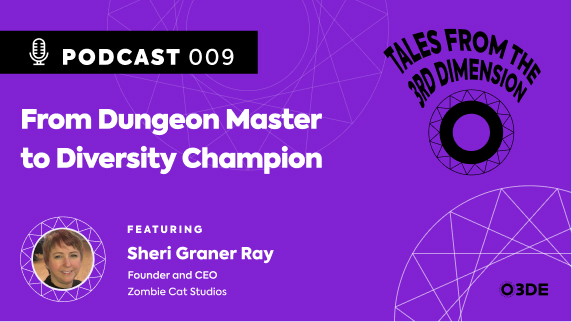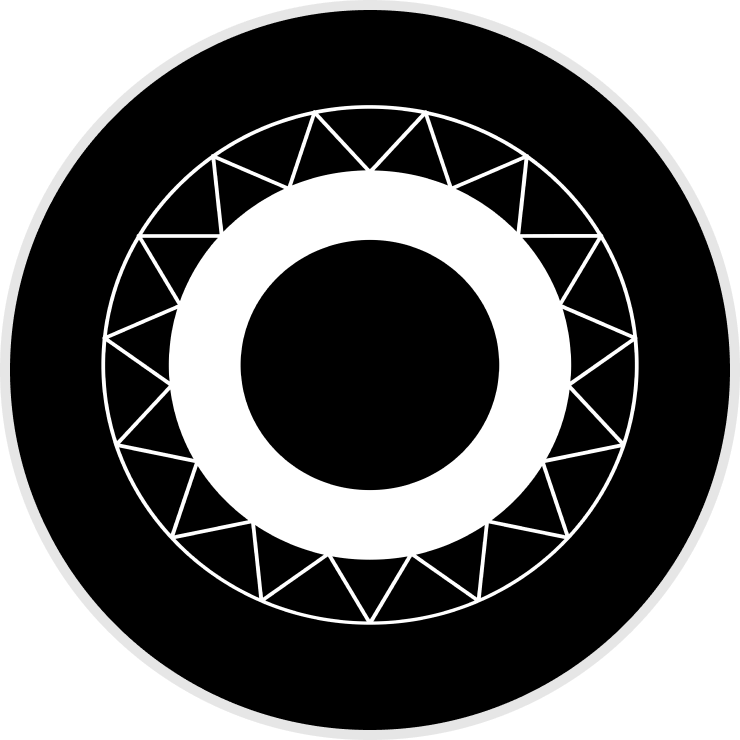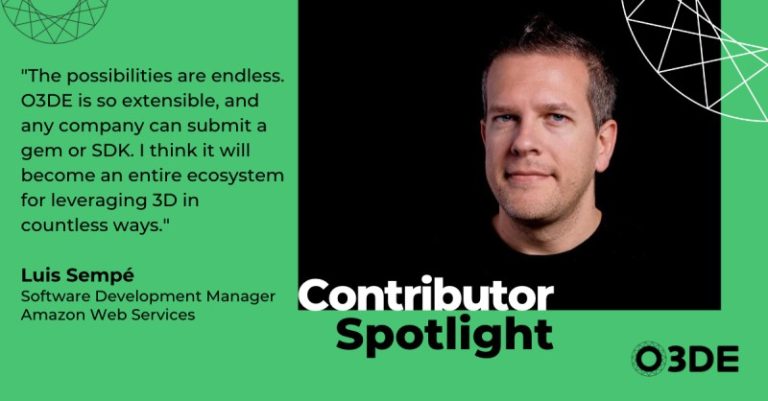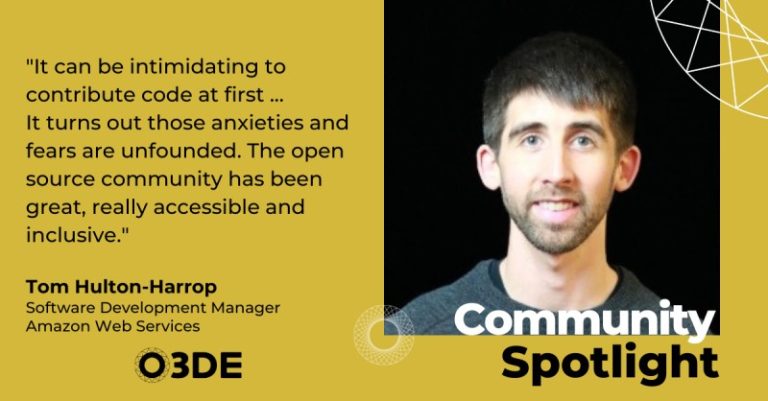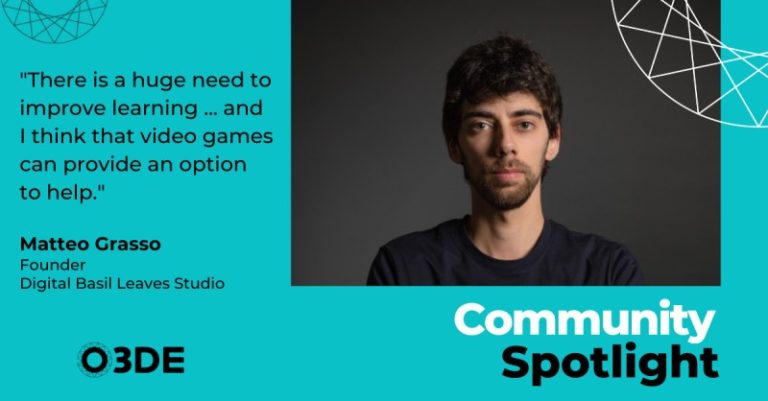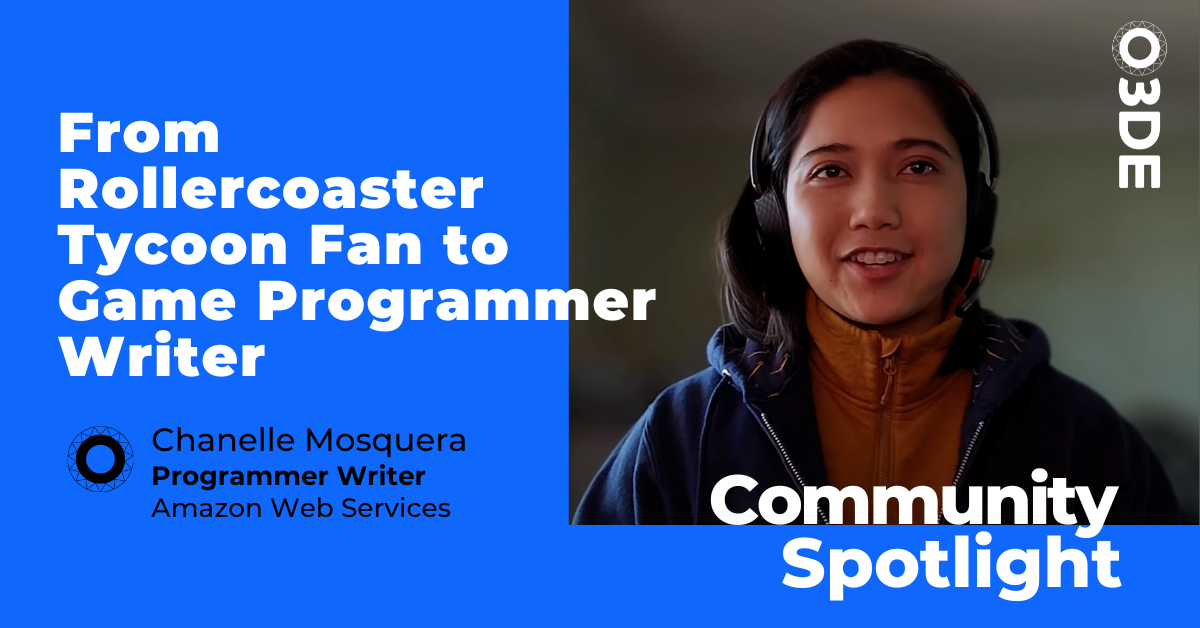
Chanelle Mosquera has always had a passion for building things.
As a young fan of Rollercoaster Tycoon and The Sims, she built countless digital thrill rides and social simulations. As a graduate student studying computer science, she created a mobile game that teaches the building blocks of coding. And today, as a programmer writer for AWS GameTech, she’s building the information architecture and documentation repository for Open 3D Engine.
We chatted with Chanelle to learn more about her love of games, open source technologies, and the content that helps drive them forward.
How did you get into the world of programming?
I’ve always loved video games and digitally animated films, so I decided to study computer science with an emphasis on games and graphics. For my thesis, I created a mobile game that teaches middle schoolers how to code. I’ve done programming for Northrop Grumman and San Francisco Municipal Transportation Agency. And I eventually landed at AWS GameTech as a programmer writer.
What type of games do you enjoy, and what do you like about them?
I’m a big fan of simulation and strategy games. I was addicted to Rollercoaster Tycoon and The Sims growing up. And couch co-op games like Stardew Valley, which is a farming simulator, are really fun.
I like building things and the element of surprise that often comes with it. It’s cool seeing how AI elements, such as characters and the environment, react to something new, something I’ve created.
How did you transition from coding to content creation?
As I was pursuing my Master’s Degree, there was a lot of research and writing involved, and I found it really rewarding.
When you’re developing an information architecture or documentation repository, you get to learn about the entire ecosystem of a game – or whatever is being created – instead of just a piece of it. You get to see how it works, the features that are being developed, the evolution of the project. And you get to work with all of the teams, from design and engineering to UI and UX.
As a bridge between those teams and end users, you help identify pain points, priorities, and needs. And you help curate the overall user experience.
That’s what you’re doing for O3DE, right?
Yes, I’ve been working on O3DE for the past two years.
As the interim chair of SIG Docs and Community [special interest group focused on documentation and community], I lead the team creating the O3DE information repository in GitHub. That includes all of the documentation for the engine, like user guides and software release notes. We’re also responsible for process-related content, like how to submit code and how to create O3DE documentation. One of the biggest things we’ve developed is the information architecture for the new Atom Renderer.
We’re constantly working to make the engine more accessible and easier to use. And we want to make it easier to contribute to the project.
What’s unique about open source in general, and O3DE in particular?
Open source technologies like O3DE are so cool because you can see everything. The code, the process, the documentation. It’s all free, anyone can access it, and they can use and customize the pieces that work best for them.
O3DE is known as a game engine, but it’s much more broadly applicable than that.
There are a ton of use cases surrounding robotics and other 3D simulations. Service providers can use pieces of the engine as plug-ins if they are hosting game servers or other real-time, graphically rich services. And I think O3DE can be a really great learning tool because you can see how it’s built and how it works, and you can play with the code. You can’t do that with proprietary engines.
Do you ever dip your toes back in the coding world?
Yeah, I’ve done some O3DE programming, helping fix code issues. Those are just personal projects, but I hope to do more of them.
And I’d love to eventually build a game using O3DE. I’m not much of a game designer, but I understand systems and I like creating narratives and experiences.
What advice do you have for others wanting to get involved with O3DE?
Discord is our main communication channel, and it’s just a matter of introducing yourself and expressing your interests. You can join our meetings, even if you’re just listening. And take a look at the code and documentation.
Contributing some documentation is a great way to get your feet wet. And if you want to do some coding, look for small things that need to be fixed or created.
Thanks again for taking the time to chat with us, Chanelle.
No problem. Thanks for reaching out!
Chanelle Mosquera
Progammer Writer
Amazon Web Servcies
LinkedIn: www.linkedin.com/in/chanellemosquera/
